The New York Court of Appeals declined to hear an Inwood community group’s motion to appeal to a July court decision, which reversed an earlier ruling that would have annulled the controversial rezoning plan.
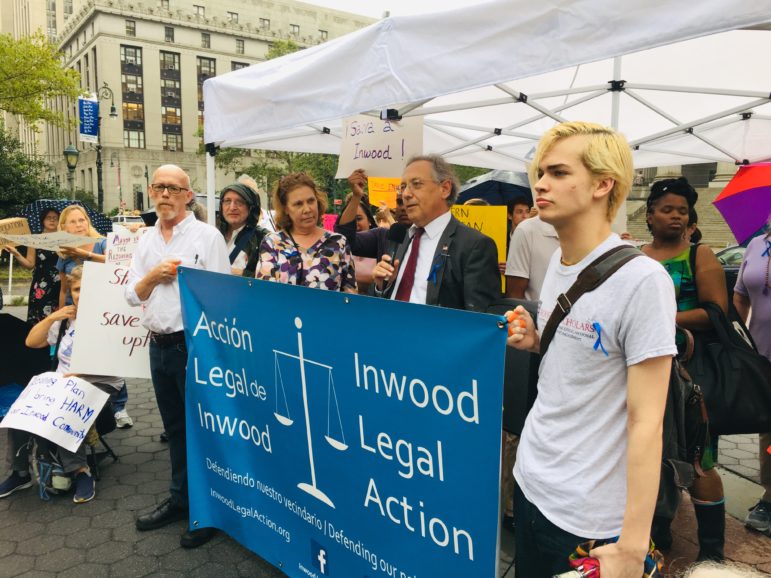
Sadef Kully
Community groups rallied outside civil court in August 2019, following oral arguments in a lawsuit challenging the city’s rezoning of Inwood.The state’s highest court declined an Inwood community group’s legal appeal to annul the city’s 2018 Inwood rezoning plan Monday, a decision that will allow the city and stakeholders to continue moving forward with the contentious plan in northern Manhattan. The New York Court of Appeals did not point to specific reasons for its decision.
Inwood Legal Action—a coalition of advocates from Northern Manhattan Is Not for Sale, business owners and residents—sued to stop the rezoning in December of 2019. The lawsuit argued the city had “repeatedly failed” to meet the community’s demand for an Environmental Impact Statement (EIS) that included a racial impact study. There is no existing policy within the environmental review process to specifically examine the impact of a land use action on racial demography.
Last December, a New York Supreme Civil Court judge agreed with the plan’s opponents and annulled the City Council’s approval of the rezoning. However in July, that decision was hastily reversed by the state appeals court, which allowed the rezoning plan to continue as planned. The plaintiffs filed a motion to appeal the court’s July decision, and the court declined to hear that motion to in its decision Monday.*
“This is a win for New Yorkers. This rezoning will allow the creation of thousands of affordable housing units and other community improvements to move forward,” said James Johnson Corporation Counsel for the city’s Law Department about the court’s decision on re-hearing the appeal. “The petitioners raised important issues of equity, but this case was not the place for them to be resolved. It is an important moment to move forward and dramatically address a housing shortage that overwhelms many families in this city.”
The highest court’s decision to not hear Inwood Legal Action’s appeal of the court’s earlier decision to reverse the annulment is a blow to the community group. The lawsuit was one of the first to annul a city-initiated rezoning plan since the de Blasio administration came into office, and could have shifted the balance of power for future land use decisions in New York City.
It was the sixth rezoning under the administration, part of de Blasio’s housing plan to create and preserve 300,000 affordable units by 2026. The city has approved seven rezonings so far: East New York in Brooklyn, Downtown Far Rockaway in Queens, East Harlem, Bay Street in Staten Island and Jerome Avenue in the Bronx along with the Inwood in northern Manhattan. Additionally, the city is looking to upzone and bring affordable housing to Soho and Noho in Manhattan neighborhoods. The last major rezoning on the docket is Gowanus.
Concerns about racial impact
Inwood Legal Action says it is disappointed by the court’s “refusal” to hear their appeal. In an email to City Limits, the group called for the de Blasio administration to “cease and desist in its refusal to examine the impacts of its large rezonings on its Asian, Black, Latinx, and Native residents.”
Similar concerns about displacement and impact were raised during the neighborhood rezoning studies in Bushwick and Southern Boulevard in the Bronx, both of which fell apart over the past year. This September, Industry City’s private rezoning application to expand in Sunset Park, Brooklyn, was withdrawn after several months of community contention citing equity and environmental concerns, and the outright rejection of the rezoning application by local Councilmember Carlos Menchaca. More recently, Flushing community groups and City Councilmembers have raised objections over a rezoning plan for the waterfront there.
“So much of who we are and what we will become is tied to where we live. Our wealth, schooling, income, health, and sense of belonging are affected by our ability to secure decent, stable, and affordable housing. These are facts taken for granted by many people who own homes and are college-educated and who pass family assets onto their children,” Cheryl Pahaham, Inwood Legal Action co-chair, said in an email statement.
“In asking the state’s highest court to rehear our case, we had hopes in their understanding of and sensitivity to the history of the nation’s racist housing and land use policies. With all that has been going on recently—police murders of Black and Brown people, the massive mobilization of Black Lives Matter, and a President who supports and mobilizes White supremacists—we had some expectation that the judges would be thinking about inequality and what it might mean in the context of the Inwood rezoning.”
The group isn’t the only one to raise questions about, or criticize, the city’s environmental review process. In a 2018 report, the Pratt Center found the city’s method overlooked the impact of residential displacement in neighborhoods where socio-economic demographics are rapidly shifting via private and public rezonings.
Inwood Legal Action also called on other community groups and neighborhoods to join them in planning and organizing for a federal Fair Housing lawsuit against the city.
The litigated rezoning
The City Council voted in favor of the Inwood rezoning in August 2018. It is slated to bring residential and commercial development eastward across 10th Avenue to the Harlem River, while applying contextual zoning — an effort to preserve neighborhood character — to several residential areas west of 10th Avenue.
The part and parcel of the rezoning was an estimated $500 million capital investments package, including the creation of 2,600 new affordable housing units under the city’s Mandatory Inclusionary Housing (MIH) program, and the preservation of another 2,500 existing affordable homes. It also would replace the Inwood library with a new residential building which would sit atop a new library.
Inwood community groups like Northern Manhattan is Not for Sale accused city officials and the local Councilmember Ydanis Rodriguez, who spearheaded the Inwood rezoning, of having deluded the community. There were protests and arrests at City Hall, at the Councilmember’s office and in the streets of the Inwood neighborhood.
Rodriguez has largely remained silent on the lawsuit until Monday, when he called the court’s decision “positive news.”
“The Inwood plan will bring significant investments to a community that has been neglected for generations. We have secured millions of dollars for our parks, schools, and crumbling infrastructure,” the councilmember said in an emailed statement. “I am committed to continuing to work alongside all Northern Manhattan elected and community leaders to ensure that the City honors the millions of dollars in investments that we have secured for our community.”
Developers also lauded the court’s decision not to hear the Inwood group’s appeal, and have said they are looking forward to moving ahead with development plans within the area.
“This is good news for Inwood and for the entire City. The thoughtful, community-driven Inwood rezoning plan will produce or preserve approximately 5,000 below-market rate homes, create thousands of good jobs, strengthen the neighborhood and spark much-needed economic activity as New York City continues to confront unprecedented economic challenges,” said James Whelan, President of Real Estate Board of New York (REBNY), in a email response to news.
Legal experts in the real estate industry say Monday’s decision is a critical win for the city. Mitch Korbey, partner and chair of the Herrick, Feinstein’s Land Use & Zoning Group, says there are existing provisions in the environmental review process to assess and and disclose socioeconomic impacts. Any requirements beyond that, such as the inclusion of a racial impact study in an EIS, are not part of the existing law.
“It’s a very important victory for the city of New York because if it had gone the other way, it would have been a terrible mistake and a misreading of the environmental statutes. And if that happened, it didn’t, but if it had happened, it would’ve, I think, been an unfortunate and largely political decision,” said Korbey, putting weight on the precedent the lawsuit could have set for the city.
“So it would have been a major problem for all city and private rezonings, for that matter, anything else that required an EIS,” he said.
*An earlier version of this article stated the plaintiffs filed an appeal; the story has been corrected to clarify that the plaintiffs filed a motion to appeal.



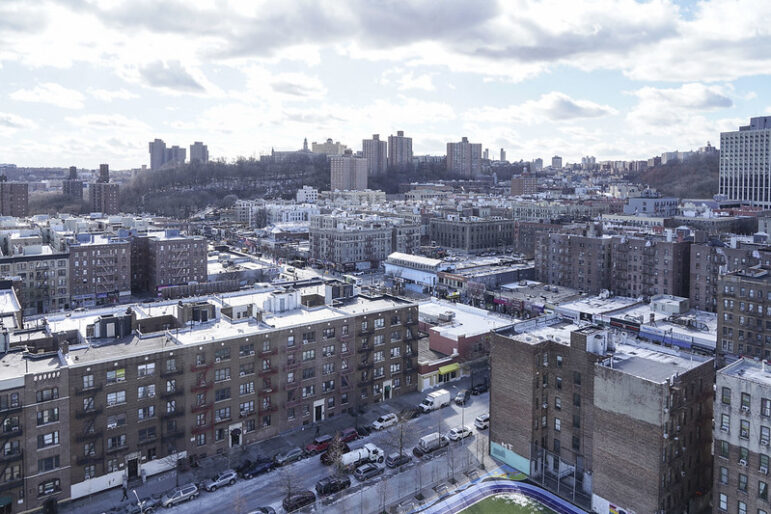
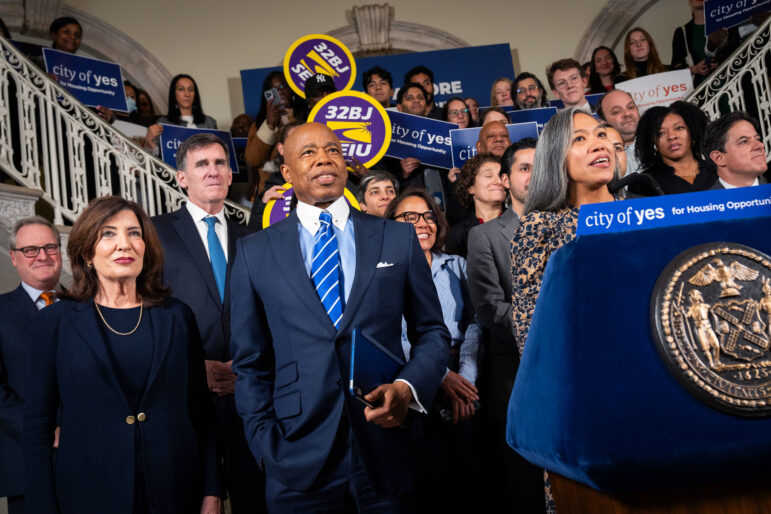
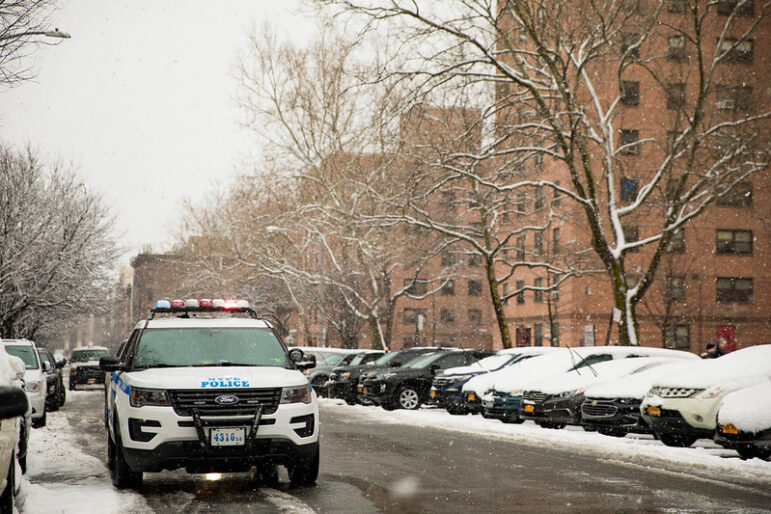
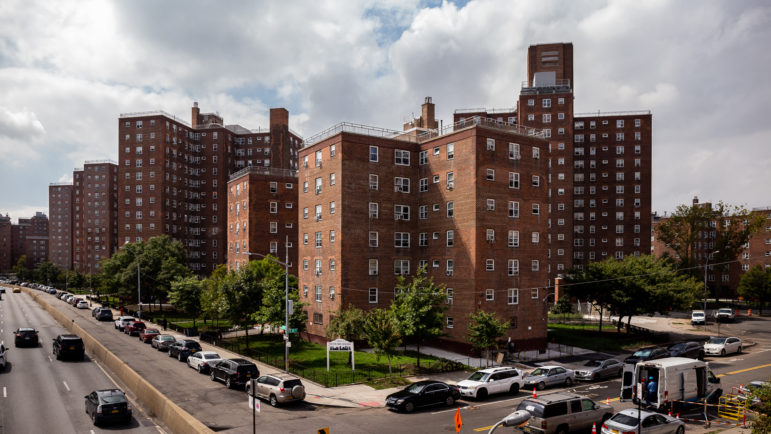



One thought on “Inwood Rezoning Can Move Forward, State’s Highest Court Rules”
Can someone explain the opposition to this? The project will bring affordable housing to the neighborhood, and increasing the supply of housing should bring current housing prices down, not raise them. Am I missing something? I don’t get the opposition to the project, unless this is just knee-jerk NIMBYism.